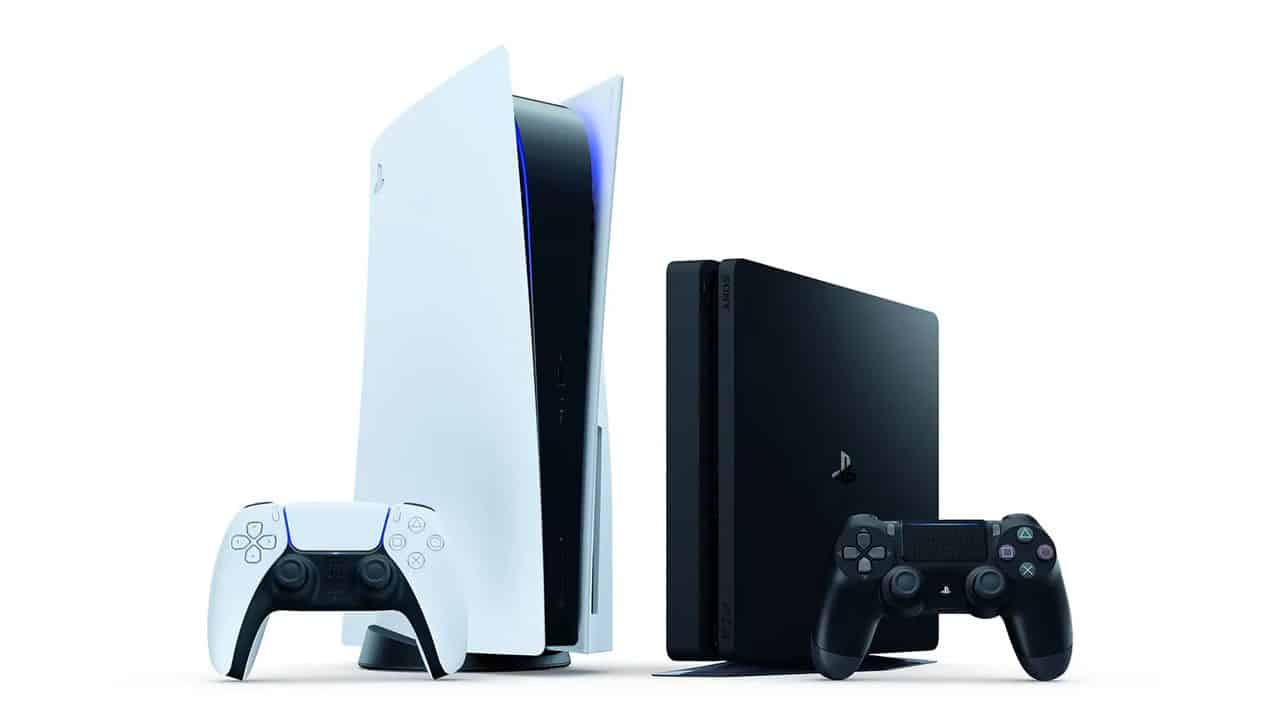The Qualcomm Snapdragon 835 and Windows on ARM will finally bring big.LITTLE processing to the PC
2 min. read
Published on
Read our disclosure page to find out how can you help MSPoweruser sustain the editorial team Read more

Microsoft’s main theme when introducing Windows on Arm in partnership with Qualcomm is that nearly everything will remain the same, but besides vaulting Windows 10 onto a completely new processor architecture while maintaining x86 compatibility it will in fact also introduce a processor concept completely new to Windows but very familiar to the smartphone and tablet world.
Moving Windows 10 to ARM will finally bring support for ARM’s big.Little processor technology. ARM’s big.LITTLE processing is a power-optimization technology where high-performance ARM CPU cores are combined with the most efficient ARM CPU cores to deliver peak performance capacity, higher sustained performance, and increased parallel processing performance, at significantly lower average power.
The latest big.LITTLE software and platforms can save 75% of CPU energy in low to moderate performance scenarios and can increase performance by 40% in highly threaded workloads. The underlying big.LITTLE software, big.LITTLE MP, automatically and seamlessly moves workloads to the appropriate CPU core based on performance needs.
ARM’s big.LITTLE technology enables mobile SoCs to be designed for new levels of peak performance, in the same all-day battery life users expect. According to Qualcomm Windows, 10 users will see the biggest advantage in Connected Standby, where users can expect their new thin and light laptop to last 4-5 times longer and have instant-on capabilities more akin to a smartphone than a traditional PC.
In the Qualcomm Snapdragon 835, the only ARM processor currently certified for Windows 10, this means 4 of the 8 cores will be high performance and 4 will be low power. Qualcomm notes that due to the spiky nature of processor demand (e.g. increased when loading a web page but idle when reading the page) the advantages of this auto-scaling architecture will be apparent even when using the PC, with all day battery life in regular use.
The battery life advantage expected with Windows on ARM is compounded in other ways also. The chipsets are more integrated, featuring gigabit LTE modems, GPS, WIFI all on the same SOC, resulting in a 30% reduction in PCB board size (above), allowing OEMs to create fan-less devices with bigger batteries.
The first devices using the technology are expected at the end of the year from ASUS, HP, and Lenovo, and if they live up to the promise of full compatibility with reasonable power may become the processor platform of choice for portable Windows computing.










User forum
0 messages